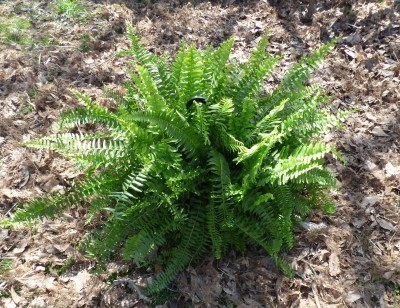






Many home gardeners buy Boston ferns in spring and use them as outdoor decorations until cold temperatures arrive. Often the ferns are discarded, but some are so lush and beautiful that the gardener can’t bring one’s self to toss them. Relax; throwing them out is not necessary and is really wasteful considering the process for overwintering Boston ferns is not overly complicated. Read on to learn more about winter care for Boston fern.
Winter care for Boston fern starts with finding the right location for overwintering Boston ferns. The plant needs cool nighttime temps and lots of bright, indirect light like that from a south window not blocked by trees or buildings. Daytime temperatures should not be over 75 F. (24 C.). High humidity is necessary to keep the Boston fern as a houseplant.
Overwintering Boston ferns in a hot, dry home environment usually causes lots of mess and frustration for the gardener. If you don’t have the right conditions indoors for overwintering Boston ferns, allow them to go dormant and store in a garage, basement or outdoor building where temperatures don’t go below 55 F. (13 C.).
Winter care for Boston fern in dormancy does not include providing light; a dark place is fine for the plant in a sleeping stage. The plant should still be thoroughly watered, but only limited moisture is needed for the dormant Boston fern—like once monthly.
Those in subtropical zones without frost and freezing temperatures can learn how to overwinter a Boston fern outdoors. In USDA Hardiness Zones 8b-11, it is possible to provide outdoor winter care for Boston fern.
Whether you’ll be providing winter care for Boston ferns as houseplants or allowing them to go dormant and live in a sheltered location, there are a few things to do to get the plant ready for its winter location.
Now that you’ve learned what to do with Boston ferns in winter, you may want to save money by trying this process for keeping the ferns through the winter. We’ve answered the question, can Boston ferns stay outdoors in winter. Overwintered plants resume growth in early spring and should be lush and full again in the second year.
Copyright © www.100flowers.win Botanic Garden All Rights Reserved